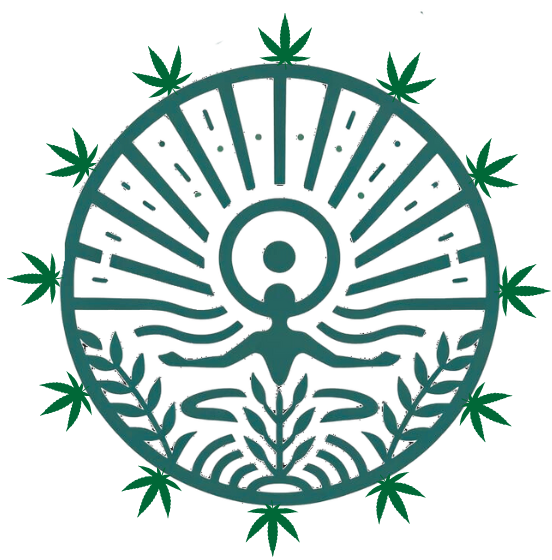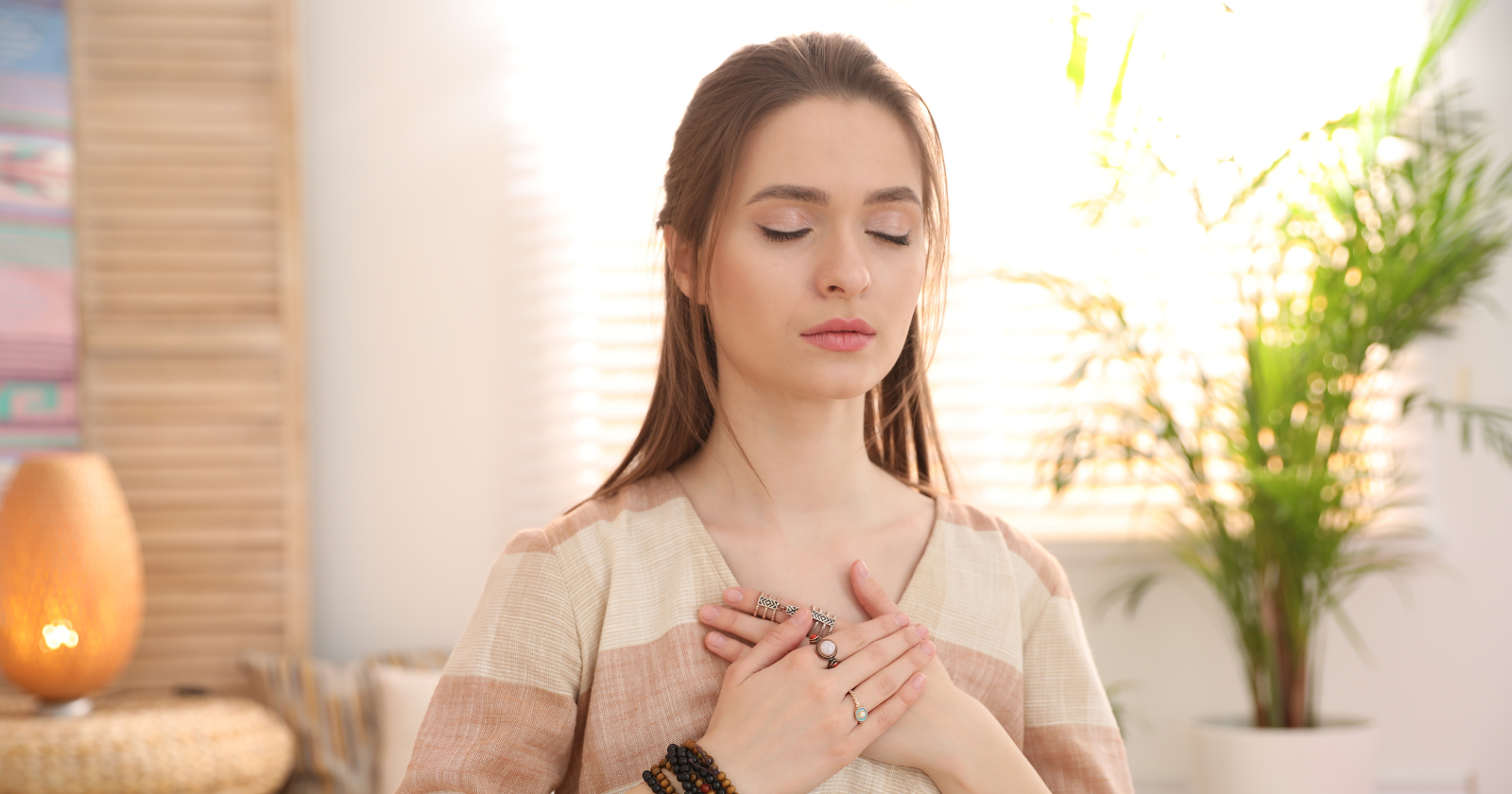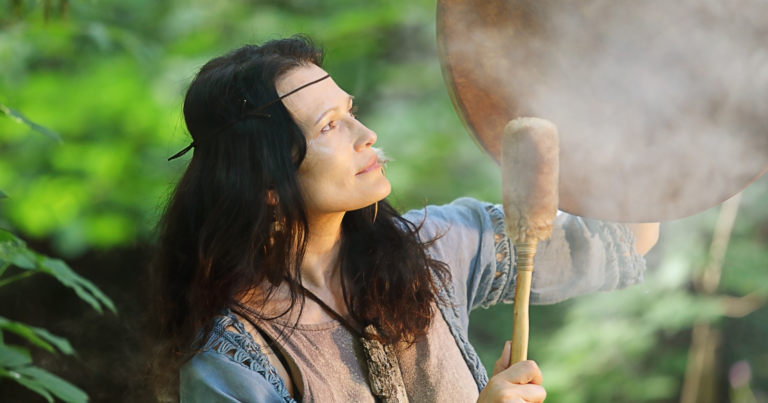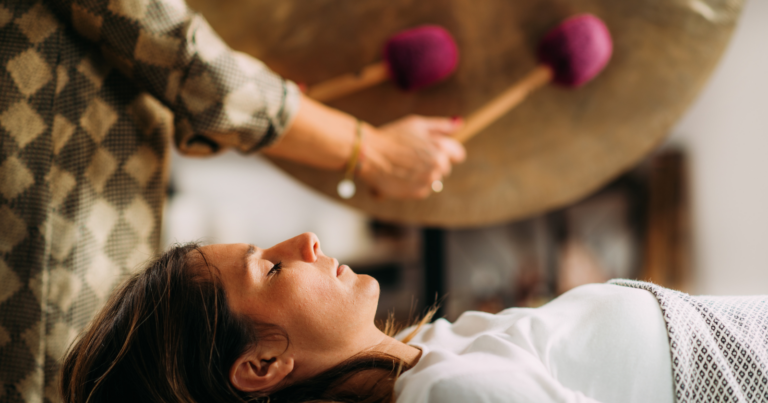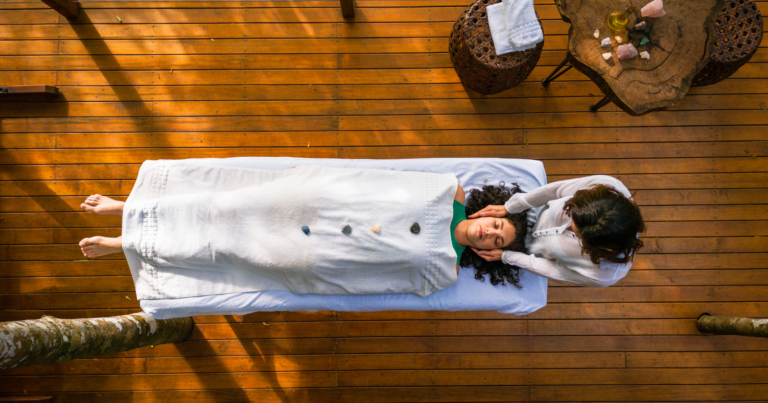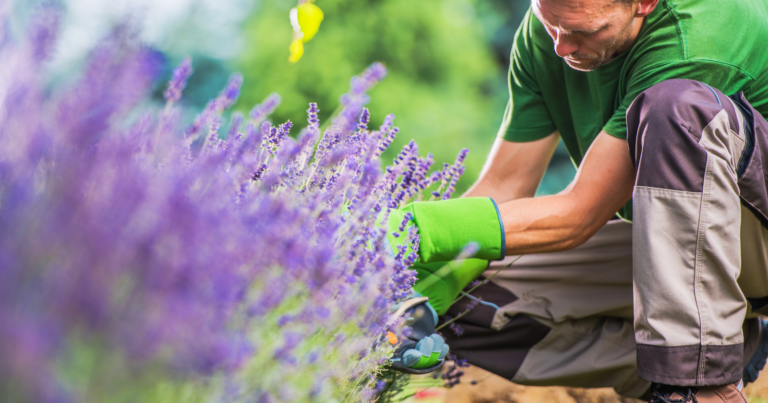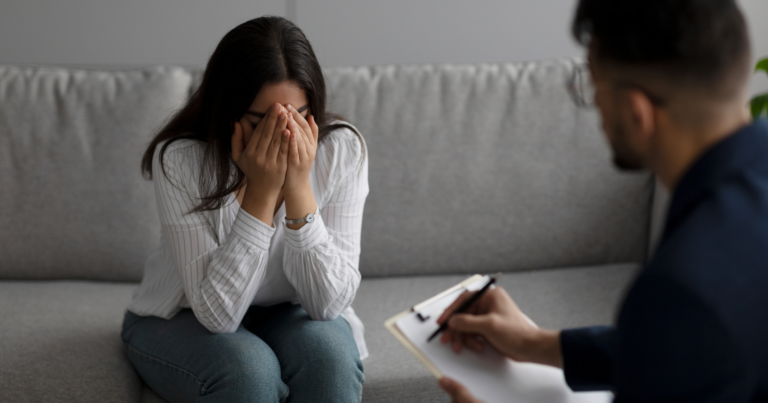In a world overwhelmed by stress, an ancient Japanese practice known as Reiki is offering a unique solution, channeling universal energy to promote relaxation and balance.
According to a survey by the National Institutes of Health (NIH), in 2008, over 1.2 million adults and 161,000 children in the US turned to energy healing therapies like Reiki in just one year.
Since this Japanese technique is on the rise, imagine how many people are using it today to find inner pieces.
In this article, I’ll help you understand the concept of Reiki and let you know how you can use Reiki to reduce stress in your daily life.
Understanding Reiki and its origins
Reiki originates from Japan and is a form of energy healing.
The term itself is a combination of two Japanese words:
- “Rei” — “universal life”
- “Ki” — “energy”.
This therapy revolves around the idea that unseen life force energy flows through us and is what causes us to be alive.
The founder of Reiki, Mikao Usui, developed this healing method in the early 20th century. He believed that channeling positive energy into an individual could correct imbalances in the body and lead to physical and emotional healing.
Generally, the process of practicing Reiki involves a certified practitioner who channels universal life force energy to you.
During a session, they place their hands lightly on or just above a person’s body, working in a sequential series of positions that cover the head, front of the body, back, and feet.
Each position is held for a few minutes, during which time energy is transferred to specific areas of the body.
This process aims to restore harmony and stimulate your body’s inherent healing capabilities.
Interestingly, the technique has historical significance and a growing following in the modern era. The appeal of Reiki lies in its simplicity and the absence of any need for equipment, making it accessible to many.
Reiki for stress reduction
Stress can manifest in various ways, both physically and mentally.
Reiki aims to combat this by channeling positive energy to restore balance in the body. This energy transfer can help alleviate stress symptoms and promote a sense of tranquility.
Reiki healing for stress reduction works by clearing energy blockages in the body. These blockages can be caused by stress, anxiety, or other negative emotions.
When these blockages are cleared, energy can flow more freely, promoting relaxation and reducing the physical and emotional impacts of stress.
During a Reiki session for stress reduction, you may experience a warm or tingling sensation as the practitioner’s hands move over your body.
Many people report feeling deeply relaxed during and after the session, some even fall asleep, which is perfectly okay.
The ultimate goal of Reiki for stress reduction is to help you achieve a state of peace and balance.
Still, it’s important to note that while Reiki can greatly aid in stress management, it should not replace professional medical advice or treatment.
Now, let’s focus on key methods Reiki practice can help you reduce stress.
5 Reiki techniques for stress reduction
1) Palm healing
Palm healing stands as the cornerstone of Reiki practice, embodying the gentle power of touch.
During this process, a Reiki practitioner’s hands become conduits of universal energy, transferring warmth and healing directly to specific areas of the body.
The hands might hover just above the skin or rest lightly upon it, moving systematically to cover key points associated with stress and imbalance.
This method is deeply personal, tailored to address the unique energy flow of the individual.
Recipients often describe a profound sense of warmth and comfort, as if the hands themselves are speaking directly to their inner tensions, coaxing them to release and relax.
2) Distance healing
Distance Healing transcends the physical limitations of space and shows Reiki’s flexibility and depth.
To be more precise, this technique operates on the principle that energy is not confined by geography. Thus, healing can be sent across any distance, reaching the recipient wherever they may be.
This method is especially powerful for those unable to attend in-person sessions due to illness, distance, or current world circumstances.
Practitioners focus their intention and energy on the individual, often using symbols or visualizations to bridge the gap.
Despite the lack of physical touch, many report feeling the energy’s impact, experiencing waves of peace, and a noticeable reduction in stress levels.
3) Chakra balancing
Chakra Balancing delves into the energetic anatomy of the body, targeting the seven chakras that govern our psychological properties.
Imbalances in these energy centers can lead to stress and emotional turmoil.
Through Reiki, practitioners aim to harmonize these chakras, ensuring a smooth flow of life force throughout the body. This method might involve placing hands over each chakra or using specific symbols to enhance the balancing process.
The result of chakra balancing?
Realignment of the body’s energetic pathways, fostered a sense of equilibrium, and serenity that counters stress at its roots.
4) Aura cleansing
Aura Cleansing focuses on the energetic field that surrounds each person, believed to hold the residue of thoughts, emotions, and stress.
By cleansing the aura, Reiki practitioners aim to clear away the negative energy that clings to us, creating a sense of lightness and clarity.
Therefore, it’s not surprising that this practice often involves sweeping motions around the body, without direct touch, purifying the aura’s layers.
After the practice, you can expect to feel as if a weight has been lifted, with your mental fog clearing. As a result, you might even experience a renewed sense of purpose and calm.
5) Grounding techniques
Finally, grounding Techniques in Reiki aim to reconnect the individual with the earth’s stabilizing energy, promoting a sense of security and calm.
This method is particularly beneficial for those whose stress leaves them feeling disconnected or adrift.
Practitioners who use grounding techniques during Reiki sessions usually focus on the lower chakras or use visualizations of roots growing from the feet into the ground.
This connection fosters a profound sense of presence and calm, anchoring the individual firmly in the here and now.
The grounding effect of this practice is a powerful antidote to the flighty nature of stress, providing a solid foundation from which to approach life’s challenges.
Additional benefits of Reiki
Beyond stress reduction, Reiki offers a myriad of other potential benefits. While the effects can vary from person to person, many find that regular Reiki sessions contribute positively to their overall well-being.
In particular, Reiki can promote deep relaxation, helping to ease tension and support the body’s natural healing capabilities.
As your body enters a state of calm, it’s better equipped to repair itself and maintain health.
Some individuals also report enhanced emotional well-being after Reiki sessions. The thing is that the release of blockages can lead to a release of pent-up emotions.
And this, in turn, leads to improved mood and emotional stability.
Physical pain management is another potential benefit of Reiki.
While it’s not a cure for diseases or chronic conditions, it may help alleviate some symptoms and improve your pain tolerance by promoting relaxation and reducing stress.
Research on the effectiveness of Reiki
Research on the effectiveness of Reiki has begun to illuminate its potential benefits in stress reduction and overall well-being.
For instance, a study published in the Journal of Evidence-Based Complementary & Alternative Medicine found that Reiki was more effective than placebo. As a result, researchers recommend Reiki as a safe “complementary” therapy for holistic healing.
Another research article in The Journal of Alternative and Complementary Medicine reported improvements in the symptoms of depression, pain, drowsiness, tiredness, nausea, appetite, and hopefulness in subjects receiving Reiki treatments.
These studies, among others, suggest that Reiki may offer a valuable complementary approach to traditional mental health treatments, pointing to its potential for enhancing emotional and physical health.
Having covered ways to gauge the effectiveness of your Reiki sessions, next, we’ll explore whether you can add this practice to your other holistic practices, such as meditation and yoga.
Is Reiki compatible with other holistic practices?
Reiki’s gentle nature makes it a perfect complement to a variety of holistic practices, creating a synergistic effect that enhances overall well-being.
Here are some of the practices you can engage in, alongside Reiki:
- Meditation: Deepens relaxation and mindfulness.
- Yoga: Enhances physical and energetic balance.
- Aromatherapy: Amplifies emotional healing.
- Nutritional counseling: Supports physical health from within.
Together, these practices form a comprehensive approach to wellness, enriching the holistic health journey.
Incorporating Reiki into your lifestyle
Having explored the varied benefits of Reiki healing for stress reduction, it’s now time to take this knowledge forward.
Why not consider experiencing a Reiki healing session firsthand?
As a starting point, look for a certified Reiki practitioner in your local area or explore online sessions.
- Research reputable practitioners or Reiki centers near you
- Consider online Reiki healing sessions if in-person sessions are not feasible
- Read reviews and testimonials about the practitioner or center before scheduling a session
Reiki healing isn’t just another wellness trend; it’s a holistic approach to managing stress and enhancing overall well-being that has stood the test of time.
As you delve deeper into this practice, you might uncover facets of yourself and your approach to stress management that surprise you.
Who knows?
Your exploration of Reiki healing might just be the first step towards a more balanced, peaceful, and fulfilling life.
Final thoughts
In conclusion, Reiki represents more than just an alternative method for stress management.
It is a testament to the evolving dynamics of health care, emphasizing personal agency, holistic well-being, and the power of non-traditional healing practices.
As we navigate the complexities of modern life, integrating practices like Reiki could be key to fostering a balanced and healthy society.
This exploration into holistic healing invites us to reconsider our approaches to health and wellness.
And most importantly, Reiki encourages us to reconnect with the age-old wisdom that views healing as a harmonious balance between the energy within us and the universe around us.
